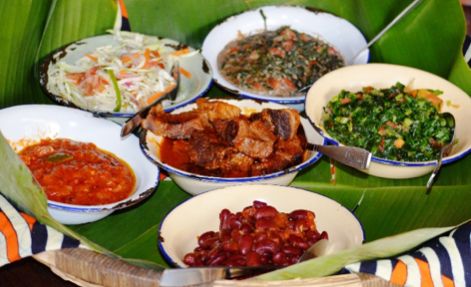Food, the source of Nutrition
Abstract
Food is the source of Nutrition. When taken at face value, this wouldn't appear to be a very controversial statement, especially when espoused within a journal dedicated to food and nutrition. However, when we take a closer look at current efforts being made in the fields of agriculture and nutrition, one often gets the impression that many food, nutrition, and agriculture experts have become convinced that food can no longer provide all of the nutrients which are essential to the optimal growth and development of the human body. Highly nutritious foods, entirely capable of fulfilling human nutritional requirements, still exist. However, due to an over-reliance on monocropped and industrialized agricultural systems, nutritional diversity is increasingly being marginalized. Instead of asking 'What happened to our food,' a more pertinent question would be 'What happened to our food system'? Throughout the world, governments are now spending billions of dollars to subsidize monocropped agriculture, but as agriculture is failing nutritionally, these same governments are forced into spending billions of dollars to subsidize nutritional treatments (through fortification, supplementation, and medicinal programs). Many assessments of industrialized agriculture fail to take into consideration the negative effects on humans and the environment as a result of depleted nutrition, exposure to toxic chemicals such as pesticides, herbicides, and fungicides, the mismanagement of soil and water resources, and the depletion of biodiversity to make room for expanded monocropping. When we begin to learn how to embrace the nature-enhancing models of sustainable agriculture such as agroecology, we begin to realize that all the questions soon merge into one resounding answer: Yes, we can use every single available square inch of land and/or space to produce enough highly-nutritious food to feed the world, as well as to elevate the health, growth, and development of all people in all countries to their maximum potential. This can, should, and already is being implemented in people's yards, gardens, farms, businesses, schools, churches, hospitals, public green spaces, urban areas, road sides, roof spaces, communities, and nations.

Authors retain all copyrights. In making a submission to World Nutrition, they are certifying that all material is theirs except quotations, as indicated, and that they have obtained permission for any photos, tables, or graphics taken from other publications or websites.




